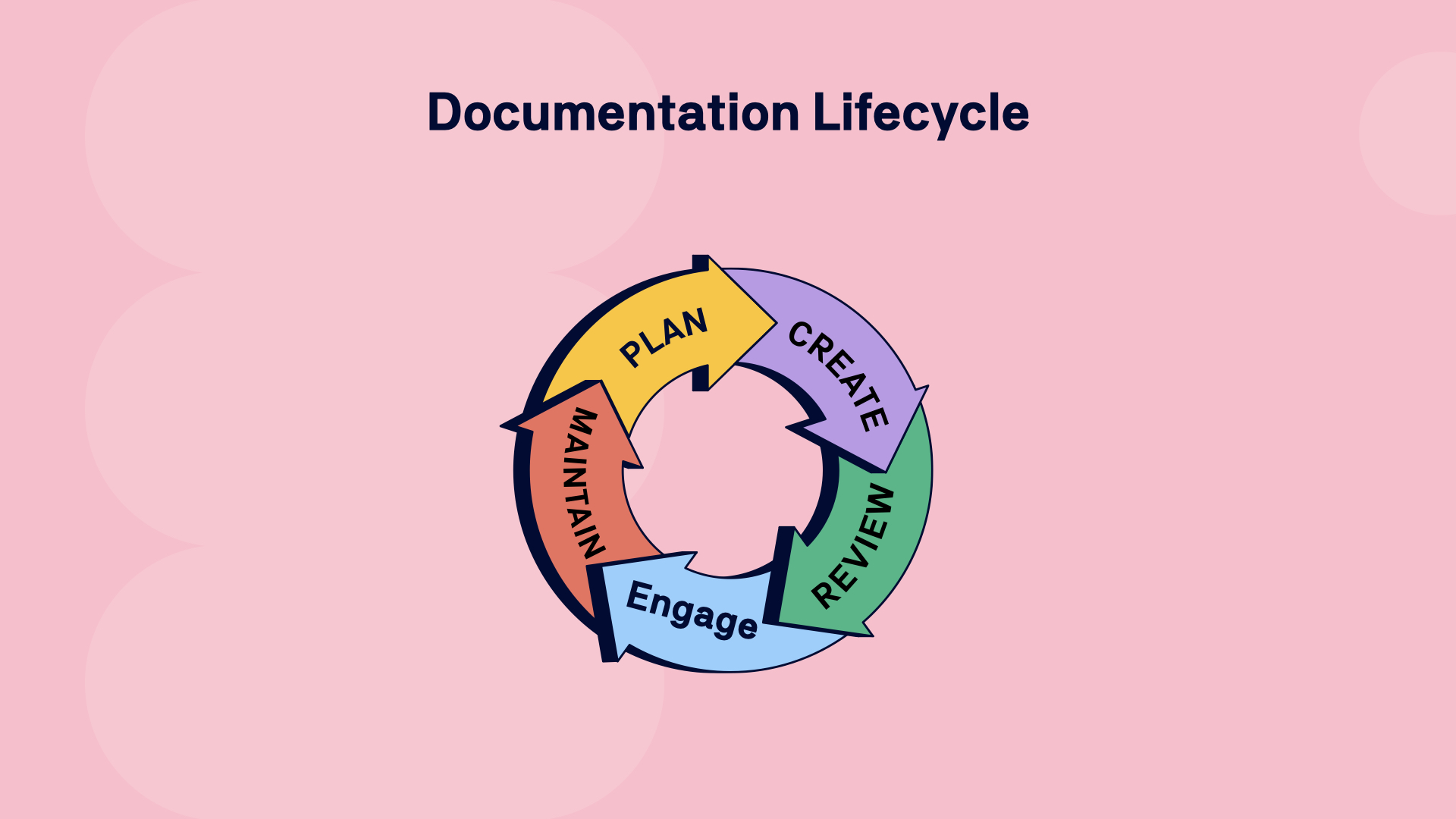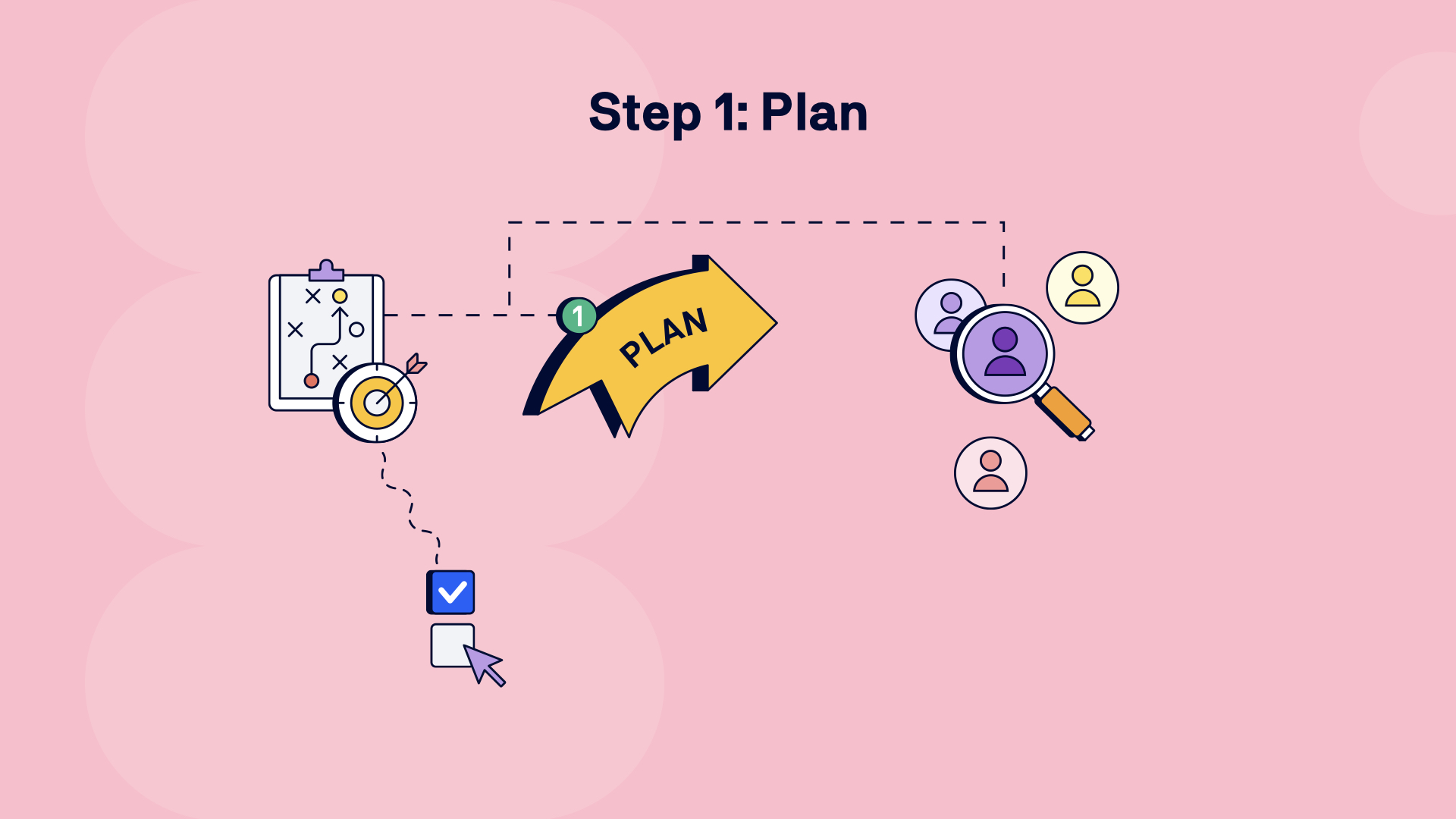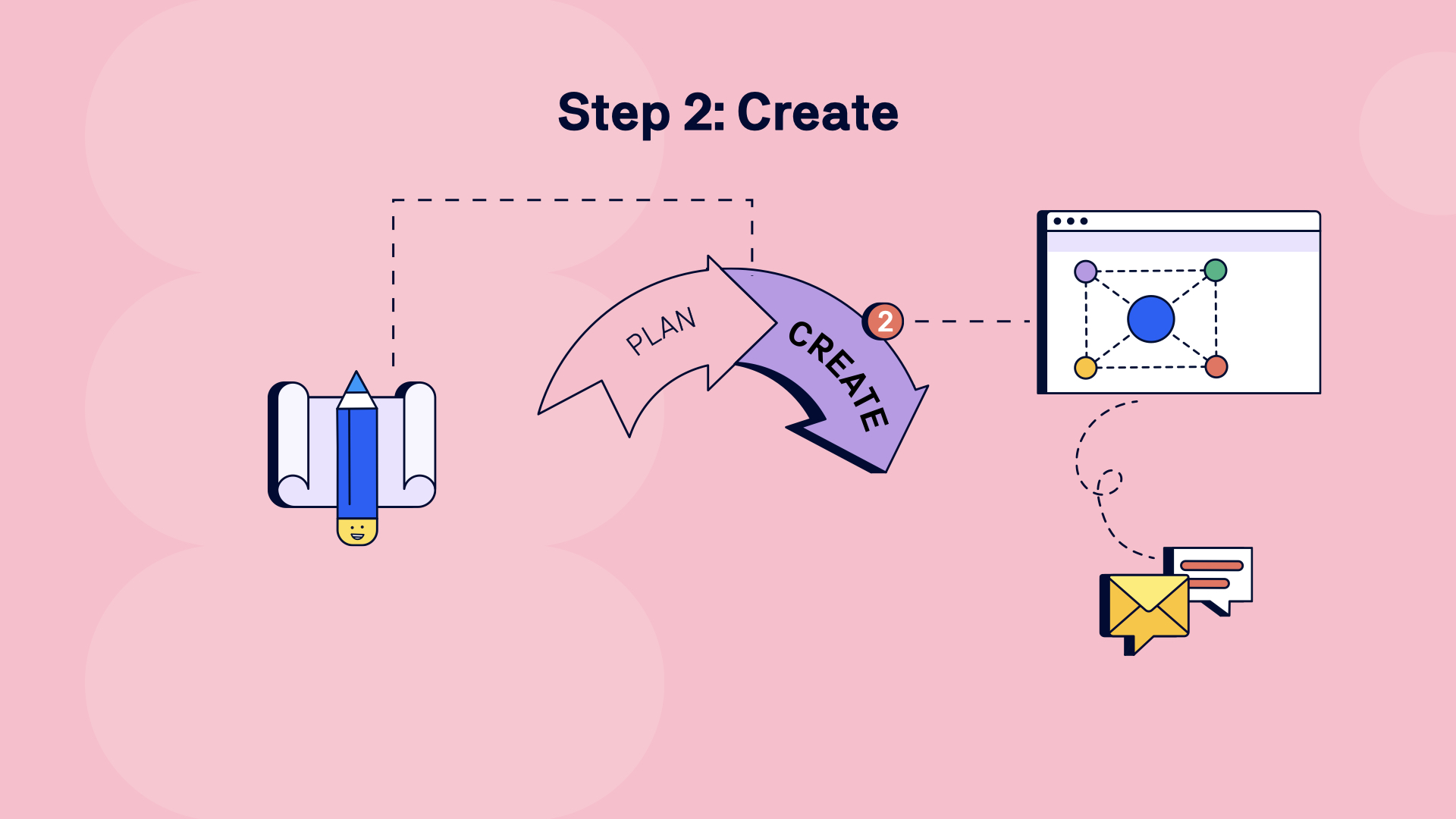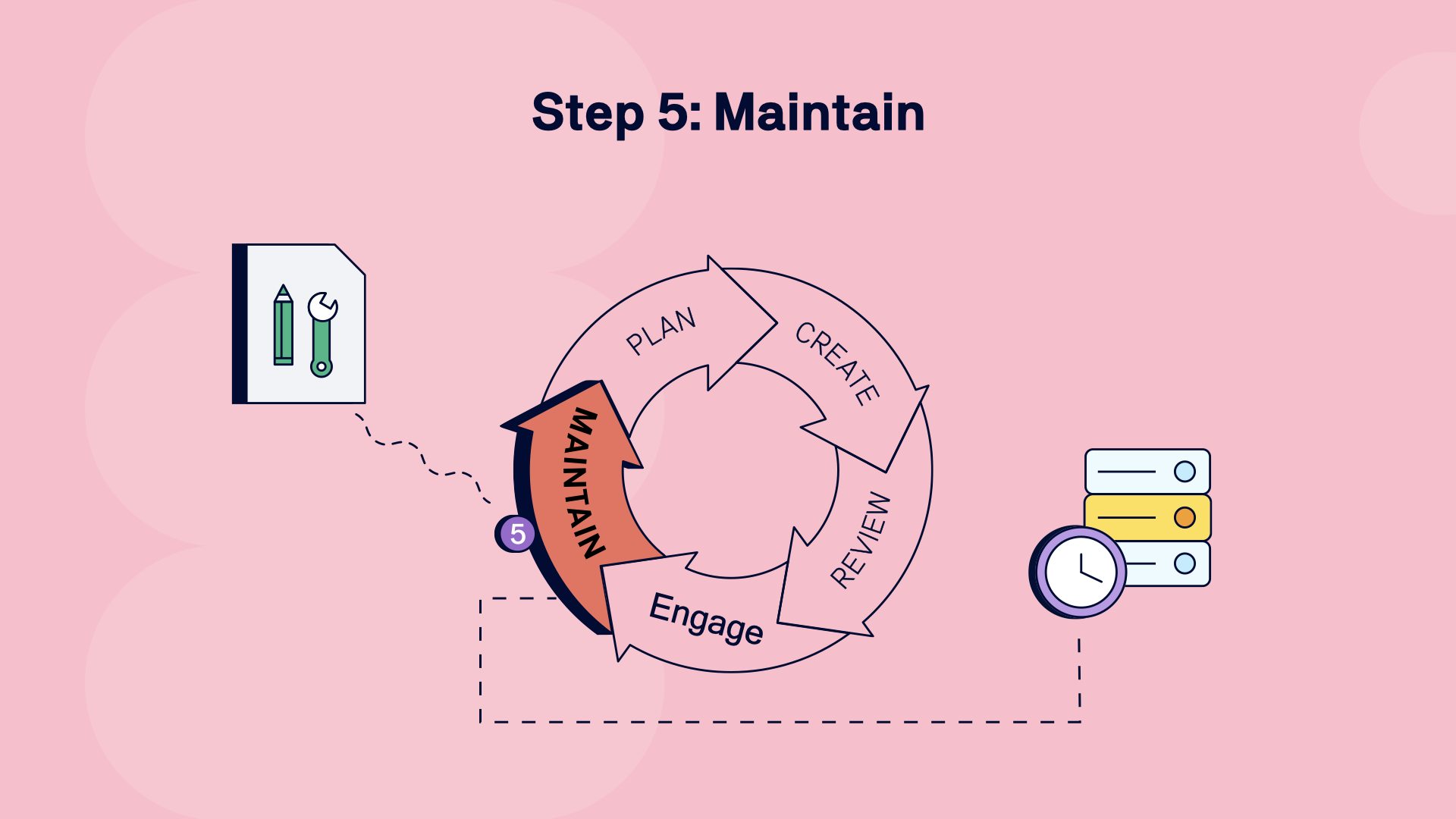Starting your journey with technical documentation in Confluence, or looking to level up how your docs are organized and presented? You’re in the right place.
In this article, we’ll share expert tips on creating great product documentation in Confluence - from structuring it, to writing it, then publishing it for your users.
The article is based on a recent webinar featuring Kris Klima, a seasoned technical writer with over a decade of experience, who built and maintained an award winning documentation system at Emplifi using Confluence and our Scroll Content Tools.
Throughout the piece, you’ll find clips from the session and lessons from Kris’ experience at Emplifi as we walk through a simple five-step documentation lifecycle to help you create docs users will actually find helpful.
And, for full transparency - Kris now works with us at K15t after discovering how much he enjoyed using the Scroll Content Tools.

Up for a side quest?
Emplifi used Confluence and Scroll Content Tools to reduce time spent writing docs by 30% and save 30K annually. Read how →
What Should Be Included in Product Documentation?
Starting any documentation journey entails a real planning phase, which incidentally is step 1 of our documentation lifecycle.

Start with a Confluence whiteboard and picture your reader’s journey. Where will they actually read your content? How will it get there? And who’s involved in shaping it along the way - from technical writers to subject matter experts?
Once you’ve got that big picture, get everyone on the same page about a few basics:
-
What you’re documenting.
-
Who it’s for.
-
Where and how it will be consumed.
-
Where the knowledge comes from.
-
Who’s responsible for writing and reviewing it.
What we learned from Emplifi
If you have technical writers, bring them in early. Ideally, have them embedded with product teams so they can stay close to the work as it happens. Tools like Figma make this even easier - writers can start drafting docs while designs are still being prototyped, then swap prototype screenshots for real ones later.
Keep communication flowing, ask the right questions early, and remember - documentation can’t fix a confusing UI. If you find yourself writing around a problem, feed that insight back to the product team instead.
Prefer watching instead of reading? Catch the discussion here:
https://youtu.be/ODaS-ILCT8o?si=kyHMysVD-UgzVu7w&t=50
What Are the Best Practices for Writing Documentation in Confluence?
This is where step 2 comes in - Create.

Creation begins in Confluence, and this is where you can use features like the editor, page hierarchy, and collaboration (inline comments, @mentions). Use close Confluence-Jira integration.
Other ways to get started could include:
-
Use templates (concept, how-to, troubleshooting) to enforce structure and reduce blank-page syndrome.
-
Keep pages scoped - avoid giant pages; split content into logical chunks.
-
Organize the page tree so readers can scan and navigate quickly.
Bonus resource: When Sharing a Confluence Page Isn't the Best Option
How to Manage Large-Scale Documentation in Confluence
Most teams end up with hundreds - sometimes thousands - of pages in their documentation. Keeping all that content organized and up to date can quickly turn into a full-time job.
This is where the extensibility of Confluence shines, as its capabilities can be enhanced by using Atlassian Marketplace apps.
Scroll Documents: Managing Technical Documentation at Scale
Scroll Documents is an Atlassian Marketplace app that lets you treat a group of pages as one document - a kind of “virtual space”. This makes it easier to:
-
Build structure fast by creating new pages or pulling in existing ones.
-
Version the entire documentation set.
-
Translate and publish everything as a single unit.
Let’s briefly touch on some of these added capabilities.
Create Versions (Snapshots) of your Content
You can create snapshot versions of your working content at release points (e.g., 1.0, 1.1, 2.0). Keep a clean working version for ongoing edits while older versions remain available for reference or support.

What we learned from Emplifi
For SaaS, public docs often reflect a single stream of updates - which Confluence is perfect for. But sometimes you need proper versioning. Create snapshot versions for specific products when needed. Snapshots remain editable for hot fixes and can be republished.
Variants (Conditional Content) for Multiple Audiences
Need to serve different audiences or product tiers (Basic, Premium, Enterprise), platforms (iOS/Android), or access levels (public/internal)? You can do that from one source.
-
Label pages for inclusion/exclusion per Variant.
-
Use conditional blocks on a page (e.g., platform-specific screenshots).
-
Publish different variants to one site - or separate sites.

What we learned from Emplifi
Author everything in one space and use Scroll Documents' “Variants” feature to split public vs. internal detail (e.g., release notes with internal Jira links and owner contacts). You can mix and match: early access variants, language variants, plan tiers - labels make it flexible.
Recommended read: How to Structure Confluence Content for Long Term Success
Want to see this in action instead of reading? Watch the discussion here:
https://www.youtube.com/watch?v=6wGeOWA-ogo
How Can Teams Collaborate on Technical Docs in Confluence
This brings us to step 3 in the documentation lifecycle - Review.

Every team handles reviews differently - some keep them lightweight, others need strict approvals. Here are a few ways to make it work in Confluence:
-
Inline comments: Perfect for quick feedback from subject matter experts. Just highlight text, @mention, and drop your feedback.
-
Content statuses: Use simple page markers like Draft, In review, or Approved to show progress at a glance.
-
Scroll Documents review workflow: Track pages as they move from Draft → Under review → Approved. You can even limit versioning and publishing to approved content only.

-
Advanced workflows (e.g., Comala): For teams in regulated industries or with complex sign-off chains, marketplace apps like Comala handle multi-stage approvals and detailed review tracking.
What we learned from Emplifi
Use workflow and space syncing apps like Comala Document Approval/Publishing on the working version to support continuous delivery and instant publishing, while Scroll Documents can handle versions and variants.
If you’d rather watch than read, check out the video version:
https://www.youtube.com/watch?v=9wYVev9cogU
How to Build a Public Help Center with Confluence
You’ve planned, written, and reviewed your content. Now it’s time to publish your documentation and engage with your readers to learn how it helps them - and where you can make it even better.

Confluence already gives you a solid starting point for sharing content publicly or internally. You can customize permissions and make a space accessible to anyone, or even generate a public link to share content with anyone on the internet without giving them access to Confluence. It’s a simple way to share on a smaller scale.
But as your content grows, you’ll probably want something more polished - branded pages, SEO-friendly URLs, and an experience that feels like a real help center, not just a Confluence space. That’s where Scroll Sites comes in.
With Scroll Sites, you can turn your Confluence pages into into a customizable, responsive help center - no developers required.
Here’s how it works:
-
Pick a theme – Choose from ready-made designs like Help Center theme.
-
Set your domain – Use a subdomain or connect your own custom URL.
-
Select your sources – Publish directly from Confluence spaces or Scroll Documents.
-
Add your branding – Upload your logo, set your colors, and customize headers and footers.
-
Publish – That’s it. Your content goes live in minutes.
That’s how your published help center would look like:

Updating is just as easy: make your edits in Confluence, run your workflow, and republish. No waiting on devs or long release cycles - just fast, flexible publishing whenever you need it - whether within Confluence or online as a help center.
Other Formats:
You can also export the same content to PDF, Word, or static HTML using the Scroll Exporter apps.
Skip the text and watch the conversation instead:
https://youtu.be/Tw8ERj-J7jQ
How to Keep Documentation Updated

Your technical documentation isn’t “done” once it’s published - it’s a living product that needs care and attention over time.
-
Track performance: Use tools like Google Analytics to see how pages are used. Don’t chase high page views - focus on what the data actually says.
-
Review search data: Check what users are searching and share insights with product or support teams. Update content to match how users think.
-
Close the loop: If one page gets constant traffic because users can’t figure out a feature, it’s time to fix the product - not just the docs.
More of a visual learner? Here’s the video version:
https://youtu.be/7mjqYV1Y1jE
Manage the Entire Documentation Journey in Confluence
Creating great documentation is an ongoing process - from planning and writing to publishing and maintaining. With Confluence and the Scroll Content Tools, you can manage every step in one place and keep your content evolving as your product grows.
Learn more about how Scroll Documents can help you create amazing product documents in this 2-minute video:
https://youtu.be/XcnDp4teudU
Looking for a deeper dive into building user-focused documentation? Check out this free resource.
![☁️ [Live] A Smarter Path to Jira Cloud Migration](/__attachments/a_5377e2f6d876b7e7890e1c26c625930cdce5076d7f2fcf6424357f60e1249d24/Webinar-Teaser-Image_2512_Cloud_Migration_Live_Event@2x.png?cb=b1886d610241b181148221213ee31e9e)